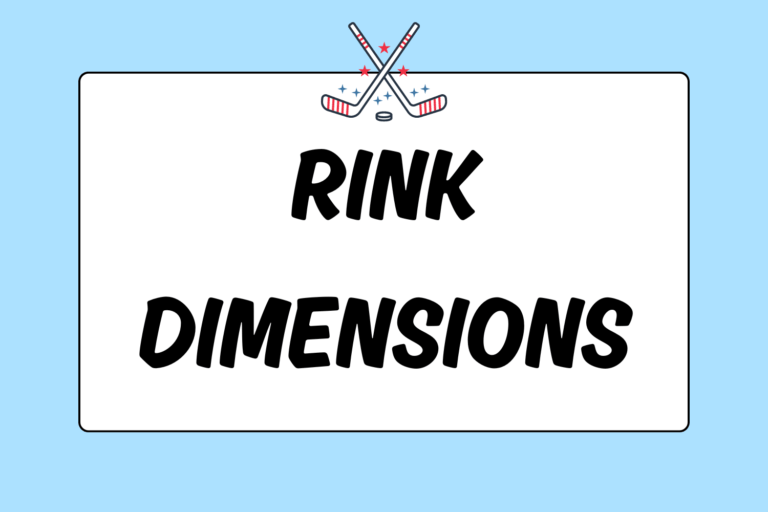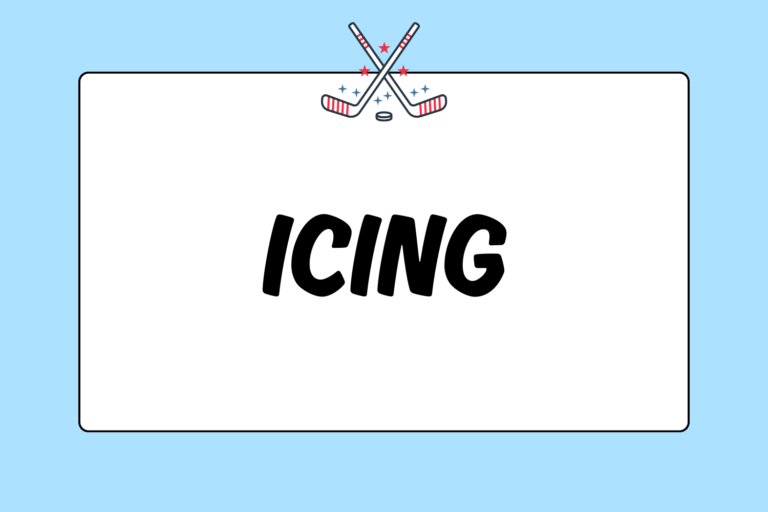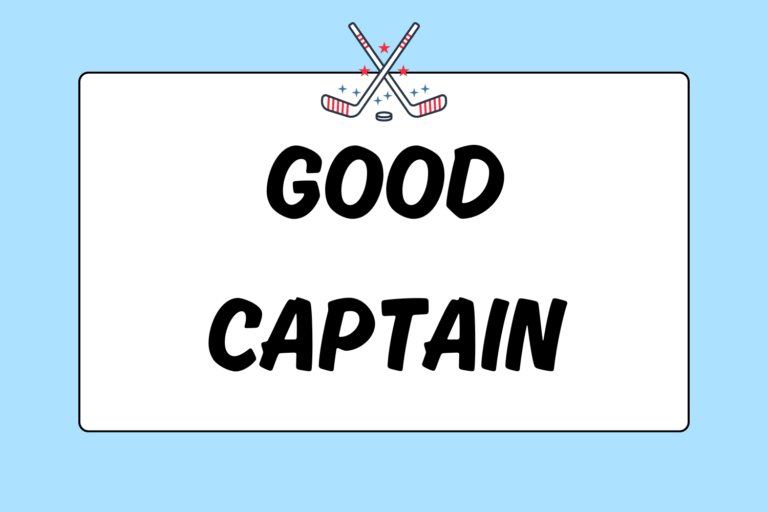Problems will always occur on the ice. Due to hockey’s speed and physical nature, every player will lose the puck once in a while. It goes without saying that turning the puck over in the attacking zone is better than turning it over in the defensive zone, but we’ll go ahead and say it anyway: Do not turn the puck over in the defensive zone!
Yelling is not always the answer. However, if problems continuously occur in your team’s end, expect your coach to test out his vocal cords.
There are great players who can do spectacular things with the puck. More often than not, however, when one of these great players scores a goal, it was due to a defensive breakdown by at least one of the players on the opposing team. Turnovers can always lead to a scoring chance for the opposition, especially when they happen around your team’s goal. The key is to limit the turnovers as much as possible and learn the quickest and easiest ways to get that little rubber disc out of your zone.
This is when teams turn to the breakout.
What is a Breakout?
When it comes to Xs and Os, hockey is unlike most other sports. Those famous capital letters are used in hockey, but not nearly as much as in say, basketball or football, where set plays are the norm. It’s not that players in hockey always run amuck – they just learn to go with the flow and improvise.
Set strategies do come into play, but only in certain instances, like when teams try to safely clear the puck from the attacking zone and move into transition.
Essentially, that’s what a breakout is: Clearing the puck away from your goal and strategically moving the play up the ice. These are the plays each member of the defensive team thinks about as soon as the puck enters their zone.
Ten Things to Remember
- Keep your head up and always scan the ice.
- Know your job and never abandon your post.
- Communicate (loudly) with your teammates.
- When in doubt, fire the puck high off the glass.
- Never (ever) pass across the goal mouth.
- Always be ready to take a hit.
- Take advantage of open ice and skate with the puck.
- Hug the boards when trying to stop a wrap-around pass.
- Defensemen, prepare for a help pass from your partner.
- Forwards, don’t get sucked too deep.
Hockey’s Escape Plan
There are many variations of the breakout, but most derive from the same basic play/formation. It is essential that all players learn and memorize the formation and execution of the basic breakout, as it is used throughout a game. The most significant factor in any breakout situation is time: Either the opponent is right on your back, or you have some extra space and an extra second to assess the situation.
First we’ll go over a breakout where the defensive team has time. Then we’ll discuss what a team should do when the attacking team is, well, attacking.
(As we go through these plays, we will refer to the center as C, the right winger as RW, the left winger as LW, the right defenseman as RD, and the left defenseman as LD)
With Time
These situations usually occur when the puck has been dumped in by the attacking team. When the puck goes behind the net, it is the job of the defensemen to gain possession and make the first move. They are usually the first players on the team to get a look at the opponents’ positioning and assess how much time there is before they attack.
Positioning
(if the puck is in the right corner, reverse for left corner):
- RD: With the puck.
- LD: Just off the post on the other side of the net and in a position where he is prepared to either accept a pass from RD or play defense in front of the net.
- RW: On the right boards, somewhere between the hash marks and the top of the faceoff circle.
- LW: Near the faceoff dot on the left side of the ice in a ready position to either skate toward the center of the ice to become a target in transition, or to except a pass on the boards if the play is reversed in the other direction.
- C: Always the key. This player has to read what his defensemen are doing. This is where communication is crucial. C should never stop skating. He will move toward the net, then loop back up toward the neutral zone on the side of the ice were the puck is located.
Action:
- Once RD realizes that he has time, he can either skate up with the puck or pass it to C, who, by this point, should have a head of steam going toward the neutral zone.
- At that point, both wingers should also be skating into the neutral zone and prepared to receive an outlet pass.
- Again, the key is assessing the situation. If RD does decide to skate with the puck, he has the option of holding on to it until an opponent forces him to make a play.
- Whichever player has the puck in this situation must go with the same strategy: Posses the puck, draw a defender, and then either pass to an open man or dump the puck into the attacking zone.
Without Time
These situations usually occur when the attacking team has at least all of its forwards, if not all five skaters, in the zone. The puck could be anywhere in the zone. However, if it gets to the corner and either RD or LD get their stick on it, then the rest of the defending team should go into breakout mode.
Positioning
(if the puck is more toward the left side of the ice, reverse for right):
- As best as possible, the team should get into the same formation as they were for a breakout with time to spare.
- Usually when the other team is attacking, though, C will either be in the corner or on the boards checking and helping to gain possession.
Action:
(In this case, say LD gets the puck on his stick. Because there is an attacker right there, LD won’t have time to look for an open teammate)
- Yelling as loud as possible, LW needs to let LD know that he is at his spot on the left boards and can accept a pass.
- At that point, LD will simply wrap the puck up the boards to where LW should be positioned.
- If LW can’t get open, then either LW or C need to yell and let LD know what to do. The options are to either continue to take the checks from the opposition while waiting for help, or send the puck behind the net to RD.
- If LW can receive the warp-around pass, C, who could be as far back as behind the net, has to hustle to the center of the ice and toward the neutral zone.
- C will become the first passing option for LW.
- If LW has time, he has the option to skate the puck into the neutral zone. As always, LW should wait to draw a defender and then pass the puck.
- Once the pass is made to C, RW should be coming across the ice and into the neutral zone to become a passing option for C.
Keep in Mind …
Coaches will add specific flair to their breakouts and position their Xs and Os differently from time to time. Once the puck is out of the defensive corner and moving forward, the options are limitless. At some point, improvising will come into play, but you must learn to know and love the plays above. They are an essential part of playing good hockey.





